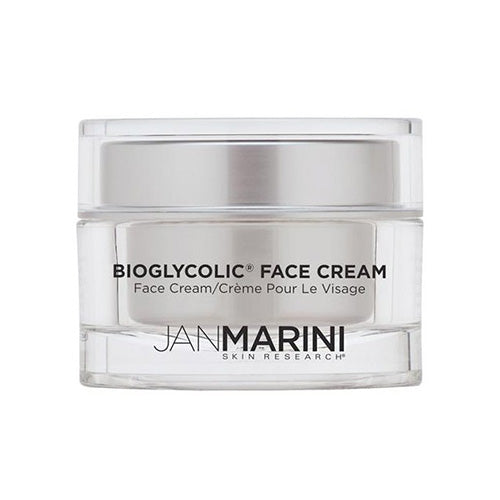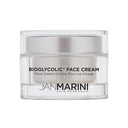Jan Marini
Jan Marini Skin Research (JMSR) is a US-based cosmeceutical company founded on a commitment to evidence-based skincare. For over 25 years, it has pioneered breakthrough technologies, from glycolic acid innovations to patented delivery systems that improve the penetration and efficacy of active ingredients.
The brand’s award-winning range targets key concerns such as ageing, acne, hyperpigmentation and texture with multi-step systems designed for synergy and maximum results. Its flagship products include the C-Esta Serum, Bioglycolic formulations and the Skin Care Management System, which combine to deliver visible, long-term improvements.
Trusted by physicians, skin clinics and consumers worldwide, Jan Marini continues to invest in clinical studies, peer-reviewed research and education to ensure its formulations deliver measurable outcomes and professional-grade skincare at home.

















